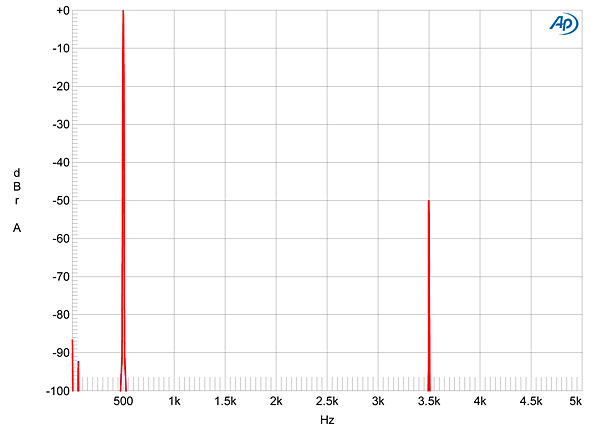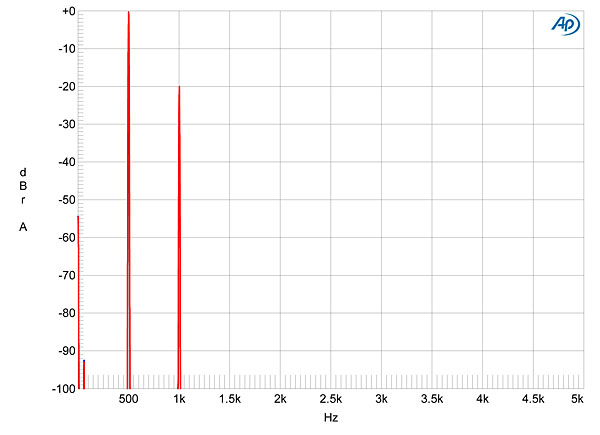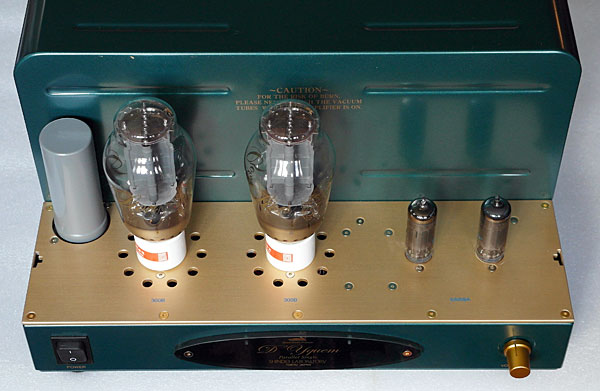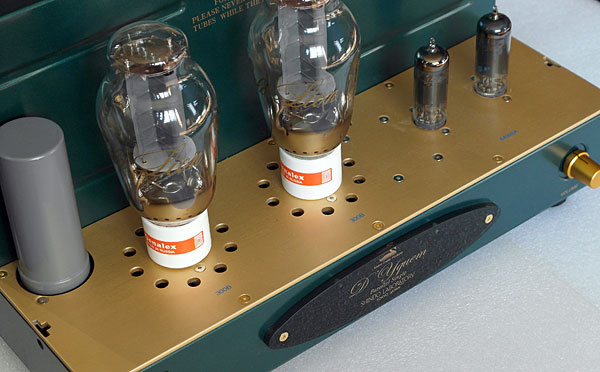| Columns Retired Columns & Blogs |
Interesting idea, that the problem with odd harmonics is not just that they don't fit the octaves, but they don't fit the well-tempered scale.
But if that is correct, you could verify that by playing a tone plus the octave+fifth overtone and compare it with the third harmonic.
Have you done such a test? If not, would you?
Not relevant to the amplifier distortion questions, amplifiers are not likely to be well-tempered, but it would be good to know if the theory holds up.
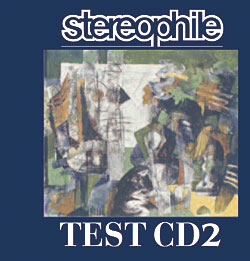 At the opposite end of the spectrum from ouch is second-harmonic distortion: perhaps not a desirable commodity per se, yet one that is far more agreeable—something you can confirm for yourself with a copy of Stereophile's Test CD 2 (STPH004-2), which this magazine
At the opposite end of the spectrum from ouch is second-harmonic distortion: perhaps not a desirable commodity per se, yet one that is far more agreeable—something you can confirm for yourself with a copy of Stereophile's Test CD 2 (STPH004-2), which this magazine 